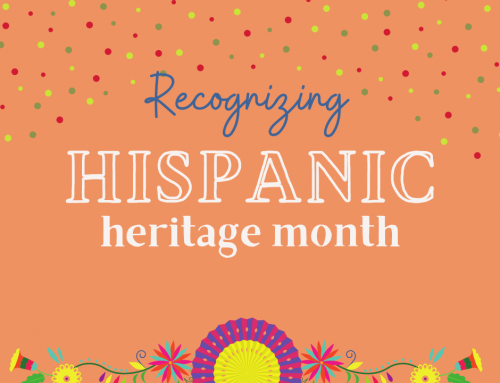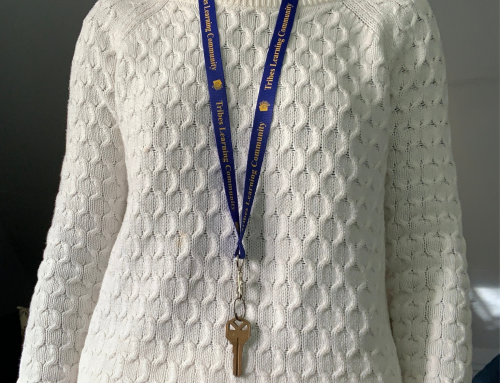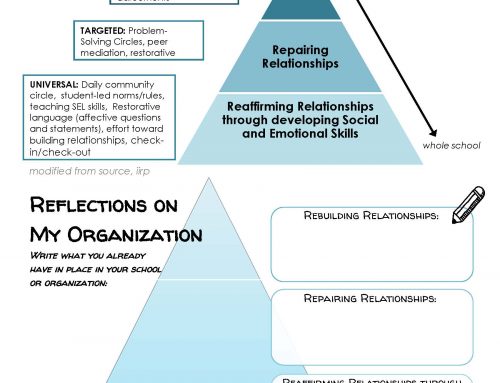If you are looking for some pertinent information for writing one of those grants, there may be some useful information in the following essay:
It’s complicated. Or is it? The research abounds, the skills and competencies are spelled out clearly, various “programs” persevere…and the ongoing struggle to prepare students for the future persists. Yet one simple standard still anchors us all in the process of maturity – human development. We all experience and manipulate and evaluate and regulate our development. This article will consider the congruence of human development tasks and attributes to competencies needed in the 21st Century world of work.
In 1990, the U.S Department of Labor commissioned the SCANS report, The Secretary’s Commission on Achieving Necessary Skills: What work requires of schools.1
The know-how identified by SCANS is made up of five competencies and a three-part foundation of skills and personal qualities that are needed for solid job performance. The competencies include: resources, interpersonal skills, information, systems, and technology. The foundation, or what “competence” requires, is comprised of basic skills, thinking skills, and personal qualities. In its “additional remarks”, the SCANS report counsels that for “tomorrow’s students to master the full repertoire of SCANS competencies and their foundation, schools must change…Students will not acquire what they need to progress in life by osmosis, either in school or in the workplace. Learning through experience is okay only if all students and workers are exposed to the right experiences. The SCANS skills can be taught. Schools and workplaces must provide structured opportunity for their acquisition… SCANS believes that teachers and schools must begin early to help students see the relationships between what they study and its applications in real-world contexts.”2
Many schools have adapted have created programs to encourage development of the competencies as noted in the SCANS report. And, arguably, some do it quite well. Generally, though, the “problem” persists; couldn’t schools being doing more to ensure that kids are better prepared for a job now?
What are the jobs, now, that schools could be preparing students for? While the skill set is relevant, perhaps it is the “target” that makes the career education goal elusive.
Daniel Pink, in A Whole New Mind, advocates for a “high touch, high concept” approach to the emerging “conceptual age”. He writes,
Ours has been the age of the “knowledge worker”, the well-educated
manipulator of information and deployer of expertise, But that is changing.
Thanks to an array of forces – material abundance that is deepening our
nonmaterial yearnings, globalization that is shipping white-collar work
overseas, and powerful technologies that are eliminating certain kinds
of work altogether – we are entering a new age.3
Again, in his book Drive: The Surprising Truth About what Motivates Us, Pink explains that, due to outsourcing opportunities for “algorithmic” tasks (which involve following a set of instructions to accomplish), most jobs available in the U.S. are “heuristic”; you have to experiment with possibilities and design a novel solution4. The consulting firm McKinsey and Co. estimates that in the United States only 30 percent of job growth now comes from algorithmic work while 70 percent comes from heuristic work.5
So, what should secondary schools be doing to help students explore career choices and connect school subjects to real-world work? What highly valued job skills, such as collaboration and communication, should schools teach?
Think back to the original premise – a congruence between human development skills needed in the 21st century world of work. Authors Jeanne Gibbs and Teri Ushijima have compiled and synthesized a relationship between workplace competencies and human development tasks and attributes in Engaging All in High School Learning Communities. The tasks are what students are trying to achieve during high school, this “most formative stage of their lives.” 6 The authors link these skills to attributes of resiliency – qualities that enable us to “face a seemingly insurmountable difficulty and overcome it”.7
SCANS defines “basic skills, thinking skills, and personal qualities”; “high concept” (creating) and “high touch” (empathizing) also link well to the relationship described above.
Gibbs and Ushijima go on to describe a process that creates a culture that maximizes learning and human development. Advocating for collegial learning teams, modeled by teachers, the process provides students with opportunities for meaningful participation and positive expectations in a caring and supportive environment. By creating a culture for learning, students are encouraged to engage in the very behaviors they will employ in careers emerging in this “conceptual age”.
It follows that the environment, the culture of the high school is key to supporting any program or curricula within. Human development affects learning, one’s career path, success, and well-being throughout life.
References:
1 – http://wdr.doleta.gov/SCANS/
2 – http://www.innovativeeducation.com/tracs/scans.htm
3 – Pink, Daniel. A Whole New Mind: Why Right-Brainers will Rule the Future. Riverhead Books. 2005.
4 – Pink, Daniel. Drive: The Surprising Truth About What Motivates Us. Riverhead Books. 2009.
5 – Bradford C. Johnson, James M. Manyika,and Lareina A. Lee. “The Next Revolution in Interaction”, McKinsey Quarterly 4 (2005) 25-26. (quoted by Daniel Pink in Drive: The Surprising Truth About What Motivates Us)
6 – Gibbs, Jeanne and Ushijima, Teri. Engaging All by Creating High School Learning Communities. CenterSource Systems LLC. 2008.
7 – Ibid.
8 – Ibid.


